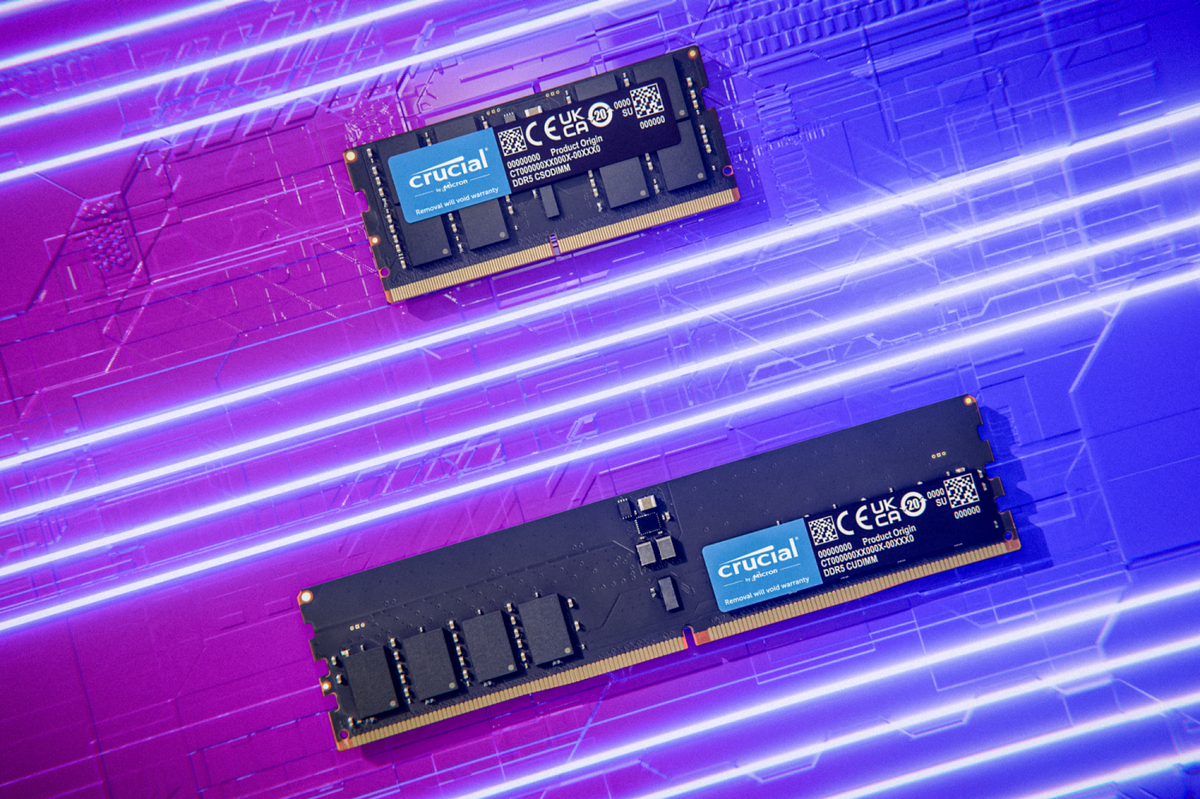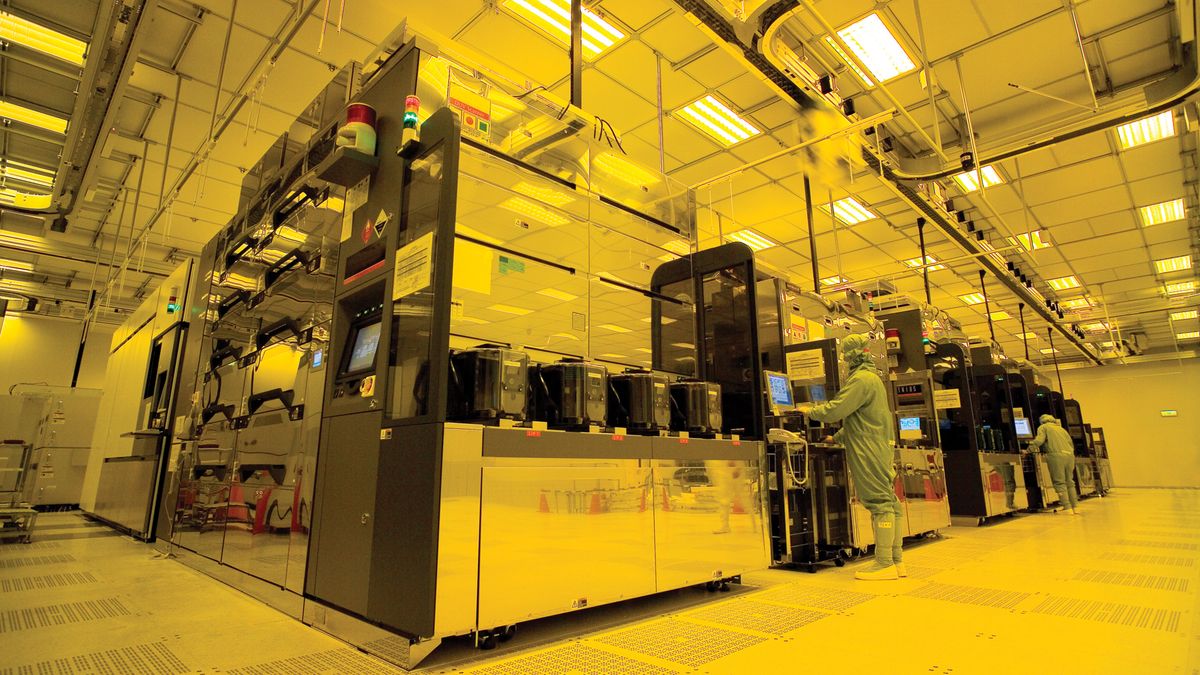All products featured on WIRED are independently selected by our editors. However, when you buy something through our retail links, we may earn an affiliate commission.
It’s just fun. Ergonomically sound. Bright, colorful, and fast OLED screen. Great location for webcam. Keyboard and haptic touchpad feel precise.
Not exactly subtle. Screen has a crease. Needs more ports. Battery life isn’t great. Unsurprisingly expensive.
As a laptop reviewer of over 10 years, it’s tempting to think you’ve seen it all. Laptops with foldable displays or even dual screens have come and gone, as have a half-dozen other gimmicky trends. Then a box arrives at your door that subverts what you thought was possible. That’s the Lenovo ThinkBook Plus Gen 6 Rollable.
We first saw it at CES 2025. It’s a laptop that can extend from a 14-inch display up to 16.7 inches, all at the press of a key. It’s the party trick to end all party tricks. And yet, as I lived with this machine, I found it far more practical than I assumed it could be.
Roll Out
Photograph: Luke Larsen
There’s nothing quite like the ThinkBook Plus Gen 6 Rollable. It uses the same curved OLED technology as seen in concept televisions and smartphones but never in a product this commercially viable. (I should note that as of publication time, Lenovo’s retail page says it’s not yet available. We’ve asked Lenovo for a concrete timeline on availability.)
It starts as a 14-inch display with a 5:4 aspect ratio, which is already odd. That's as square a laptop display as you’ll find. But then push the dedicated key in the function row and the magic happens. The gears start rotating, the mechanisms crank up, and eight seconds later, your laptop’s display has expanded up to 16.7 inches, which is 50 percent more screen than before. Just watching it transform is fun. Seeing that display unroll out of the hinge feels futuristic.
Now, I’ve always been a fan of vertical space on laptops. I tend to prefer 3:2-aspect-ratio devices like the Surface Laptop over 16:10 or 16:9. At its full extension, though, the 16.7-inch screen (measured diagonally) has an 8:9 aspect ratio, making it considerably taller than it is wide. It looks both awesome and ridiculous simultaneously. Nothing will catch the attention of every other person in a coffee shop like rolling up with one of these babies. The use case is not that you'll be switching between these two sizes while in the middle of your workflow but instead that it's a portability benefit. While it's in your bag, it's just a 14-inch laptop, but when it's out on your table, it can grow into a much larger screen.
Photograph: Luke Larsen
And the benefit of that larger screen? Well, you’ve likely seen someone using a laptop with a vertical screen attached to the top of the display. This is the same idea. You can have two 16:9 windows stacked vertically, which is perfect for multitasking. I found it super easy to throw a video, social media feed, Slack window, or source up top, with my writing window down below. Windows 11 split-screen handles that effortlessly, and I’m sure you can easily think of what you might use that extra vertical space for. Lenovo does include a custom, built-in widget panel that takes up the bottom third of the display, which can be populated with reminders, to-do lists, and calendars, but I didn’t find it very helpful.
The screen is OLED, so it naturally has better color and contrast than a typical IPS display. The machine I tested had perfect color saturation, covering 100 percent of the sRGB, AdobeRGB, and Display P3 color spaces. That’s not something I’ve seen happen very often. It also gets up to 328 nits in SDR and 662 nits in HDR, meaning it’s plenty bright for almost all lighting conditions and even has decent HDR performance when watching movies and videos or playing games.
The surprise for me came in the ergonomic benefits of the design. I’ve been reviewing a lot of laptop stands recently and thinking about ergonomics, and as it turns out, the tall screen of the ThinkBook Plus Rollable is a surprising solution to hunching over to look down at the screen all the time. That’s not a reason to buy this laptop on its own, but it just might be its secret weapon.
Photograph: Luke Larsen
My only real issue with the display is that, because it's flexible OLED, it has that same plasticky protective layer over the panel that gives it a cheap look. When fully extended, you can also see the faint crease line where the original screen was. It’s not overly distracting, but you can see it on dark backgrounds.
Beyond the screen, Lenovo has done its best to make this laptop look as discreet as possible. When fully extended, it certainly looks odd from behind. The device is mostly quite sturdy and well-built, but the screen hangs ever so slightly at the crease. The ThinkBook Plus Rollable also has some thick side bezels, which are there to house the “rolling” mechanism, as well as provide enough width for the laptop to still have room for a full-size keyboard.
It’s 0.78 inches thick, so it’s not exactly as portable as a conventional ThinkBook or ThinkPad laptop. Nor does it have as many ports. On the left side, you’ll find just two USB-C ports and a headphone jack. The right side has no ports at all. If you’re using one USB-C port for charging, that leaves just one free for other accessories. Even just one more USB-C port would have been helpful. You'll need a hub.
Amenities Galore
Photograph: Luke Larsen
As a laptop with a premium price, it's important that Lenovo didn’t phone in the parts of the device that don't have to do with the rollable screen. For example, the keyboard and touchpad are both fantastic. The keys are snappy and precise, but still feel like they have enough travel. Meanwhile, the touchpad is haptic, simulating a mechanical click. It's like the ones you get on the Surface Laptop or the MacBook Pro, and it’s great.
The webcam uses a 5-megapixel camera and comes with an IR camera for facial authentication. In my testing, it struggled a bit in low light, introducing too much noise and overexposing the image. One thing I like about it, however, is the placement. Due to that tall screen, the angle of the webcam places you in the center of the screen, a bit more like a desktop webcam that’s attached to the top of a monitor. Heck, there’s even a somewhat decent set of speakers on this thing. They're not going to blow your mind with bass, but they surprised me nonetheless.
The ThinkBook Plus Rollable is not about its performance, though Lenovo made a good choice in using the Intel Core Ultra 258V. Or so I thought. This is an efficient chip that gets solid performance, but more importantly, it usually gets great battery life. Not the case on this ThinkBook.
There are a few things Lenovo does to make the ThinkBook Plus Rollable last longer on a charge out of the box. By default, HDR is turned off and the refresh rate is set to 60 Hz instead of 120. The power settings are also set to Best Power Efficiency on battery rather than Balanced. It’s not that those are bad settings necessarily, but they skew the numbers when you test the battery life compared to other machines. Using the normal settings I test on, the ThinkBook Plus Rollable lasted 10 hours in local video playback and considerably less in real-world applications and tasks. You can get a couple more hours by lowering these settings, but that’s true of just about any laptop.
Photograph: Luke Larsen
Performance was about as expected for this chip. It’s not nearly as fast as Apple’s M4, in either single-core or multi-core performance, but that’s not Lenovo’s fault. One of the strongest aspects of this Intel chip is its integrated graphics performance, and here the ThinkBook Plus Rollable delivers expected results, allowing you to play some lower-tier games like Fortnite or Marvel Rivals at decent frame rates, so long as you’re willing to drop graphics settings to Medium and use upscaling as necessary.
There’s just one configuration available, and it happens to be a stacked model, coming with 32 GB of RAM and 1 TB of storage. That’s nice to have, but it's partly what makes this laptop so expensive. For what this machine is meant to do, which is basic work and multitasking, 32 GB of RAM isn’t necessary.
Lenovo knows there's just one reason someone would buy a laptop like this. For fun. It's got that geeky, gadget appeal that so few pieces of modern tech still have. Buy this thing, and you'll want to show off the transformation just to see the look on people's faces. And once that excitement wears off, you'll still have a laptop that is both premium and immensely useful. That's what separates gimmicks from innovation.

 3 months ago
40
3 months ago
40








 English (US) ·
English (US) ·